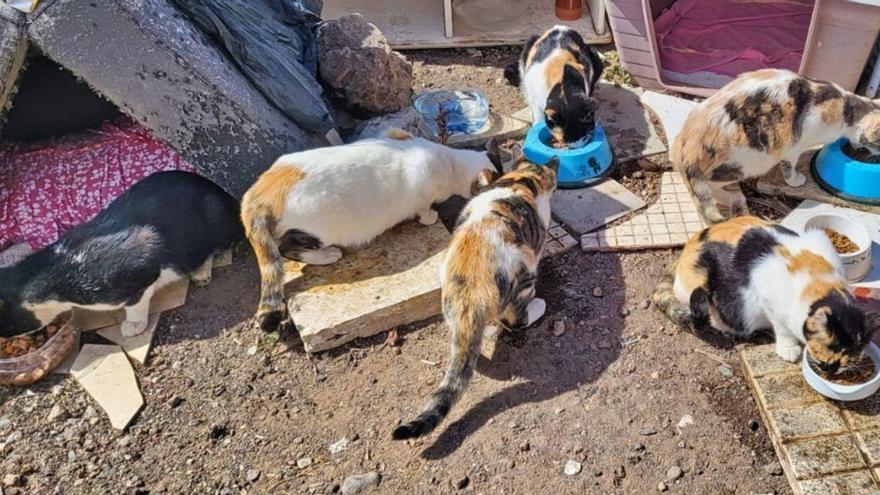
Uncontrolled cat colonies have become a major headache for the municipalities of Tenerife. The high reproduction rate and elusive nature complicate the efforts to control these feral communities, which are increasingly abundant in urban areas. Local authorities are faced with a dilemma: preventing the groups from multiplying while ensuring their survival.
San Juan de la Rambla is the latest municipality on the island taking action. The Animal Welfare Councillor of the municipality, Yanira Mesa, is implementing an “ethical management” program, with the aim of achieving “the highest level of protection and welfare for animals, promoting responsibility and raising awareness among citizens in defence and preservation of these colonies, in accordance with Law 7/2023 on the protection of animal rights and welfare.”
With guidance from the Provincial Veterinary College, the program is carried out using the TNR method (trap, neuter, return), which effectively controls the colonies – reducing potential issues related to the presence of uncontrolled urban cats –, decreasing overpopulation, reducing the number of admissions to shelters, and fostering collaboration with feeding groups.
The process will follow these steps: identification and registration of the different colonies in a census, detailed evaluation obtaining data on location, size, number of members, and levels of socialization; colony stabilization prioritizing citizen awareness and outreach, site conditioning, capture for health evaluation, deworming, sterilization, identification, marking, and return to the environment. Simultaneously, an animal adoption program for socialized animals and a colony maintenance program including feeding, hygiene, controlling new individuals, and periodic status reports will be implemented.
Days earlier, another municipality had announced similar measures. The Arona Town Hall has begun a study on “abandoned cat populations” with the goal of obtaining “reliable and accurate” information about the size of the colonies “to adequately plan future actions regarding the abandoned cat populations in the municipality.” The Arona Town Hall also supports the TNR system with “the ultimate aim of gradually reducing the number of abandoned cats on the streets and public spaces.” Arona categorizes these feline colonies as “a public health issue” and assures that it will address “any nuisances that may arise from the presence of abandoned cats roaming public spaces in the municipality.”
[–>
At the beginning of the month, Buenavista del Norte also embraced the “ethical management” of feline colonies through the TNR method. Their plan is similar: controlling cat populations and their feeding points, ensuring sanitary conditions, and raising awareness among residents to get involved.















